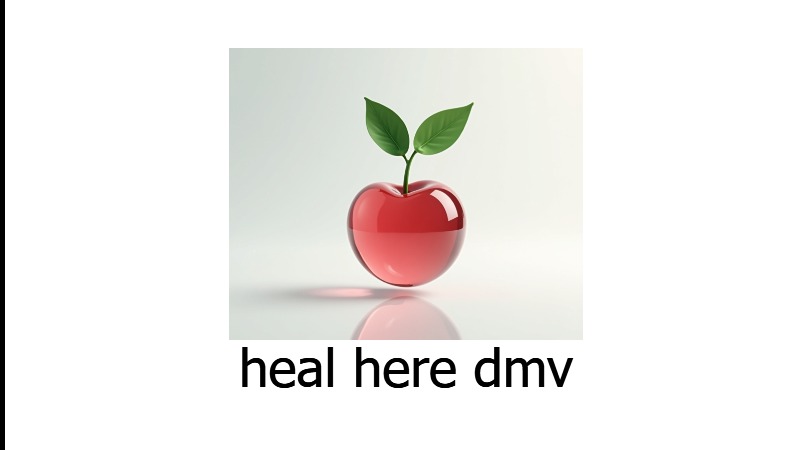
Understanding the Rise of GLP-1 Medications
In the ongoing battle against obesity and weight-related health issues, finding effective solutions can feel overwhelming, especially with prices soaring for brand-name medications. This is where glucagon-like peptide-1 (GLP-1) medications come into play. MEDVi, a U.S. telehealth company, has gained attention for offering a more affordable alternative. By providing compounded versions of medications like semaglutide and tirzepatide, MEDVi positions itself as a viable option for those struggling with weight management.
The Real Cost of GLP-1 Medications: A Money-Saving Insight
Price sensitivity has become a significant hurdle for many looking to manage their weight. According to recent data, the average monthly cost of brand-name GLP-1 medications like Ozempic can exceed $1,000. For those with limited insurance coverage, this can lead to daunting out-of-pocket expenses. The simplicity of MEDVi's pricing structure — starting at just $179 for the first month and $299 thereafter — offers a stark contrast. In total, choosing MEDVi means a substantial reduction in costs: approximately $1,674 over six months compared to $6,000 to $9,000 for brand-name alternatives.
A User Experience: Navigating MEDVi’s Program
Curiosity compelled me to explore MEDVi's service first-hand. The initial health assessment was a breeze — straightforward questions covering personal health metrics and medication history. Within hours of finishing the assessment, I received a pre-approval for the program, which had me feeling valued and cared for as a patient. Such speedy responses symbolize a shift in telehealth, showcasing the potential for timely, efficient care.
Compounded Medications vs. Brand Names: What’s the Difference?
While some might express skepticism regarding compounded drugs, they provide the same therapeutic benefits as their brand-name counterparts, adjusted to suit individual patient needs. These medications, made by licensed pharmacies, can be tailored precisely, thus personalizing treatment beyond what mass-market products typically offer. This opens new avenues for wellness, ensuring individuals receive medication that aligns closely with their specific health profiles.
Impacts on Mental Wellness and Community Health
Weight loss journeys have far-reaching implications, extending beyond just physical improvements. Many individuals discover an array of mental health benefits once they start addressing their weight concerns. With MEDVi's structured program focusing on accountability and care through 24/7 medical support, many may find themselves not just shedding pounds but gaining self-esteem and increasing happiness.
Building Connections: Community Wellness Initiatives
Though MEDVi operates online, the company reflects a broader trend toward community-focused wellness. Telehealth options like MEDVi can empower individuals to take charge of their health without the barriers of traditional healthcare settings. It promotes inclusivity, ensuring everyone has the opportunity to manage their health proactively. As a byproduct, this fosters stronger community connections as residents become healthier and more engaged together.
Next Steps: Are You Ready to Take Charge of Your Health?
For friends and community members considering weight loss solutions, MEDVi's program might be the key to unlocking a healthier lifestyle. Medical professionals recommend carefully evaluating weight loss options and understanding how tailored solutions can make a real difference. The first step? Exploring opportunities for affordable, effective treatment that addresses personal health needs.
In these challenging times, when health and wellness are more critical than ever, perhaps it is time to prioritize getting the necessary support. With MEDVi and similar telehealth programs on the rise, the tools for bettering ourselves don’t just feel attainable — they are. Join the thousands noticing benefits, uncovering their potential with the right support through GLP-1 medications.
 Add Row
Add Row  Add
Add 



Write A Comment